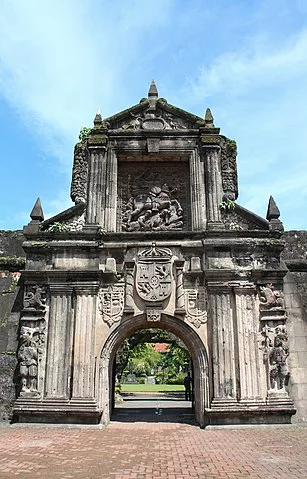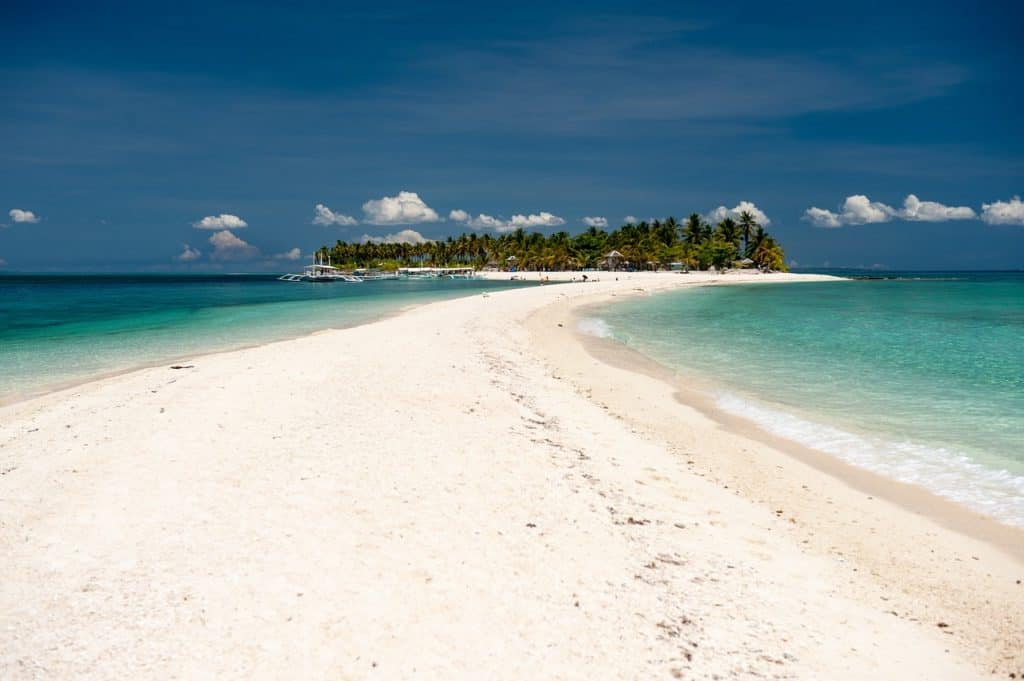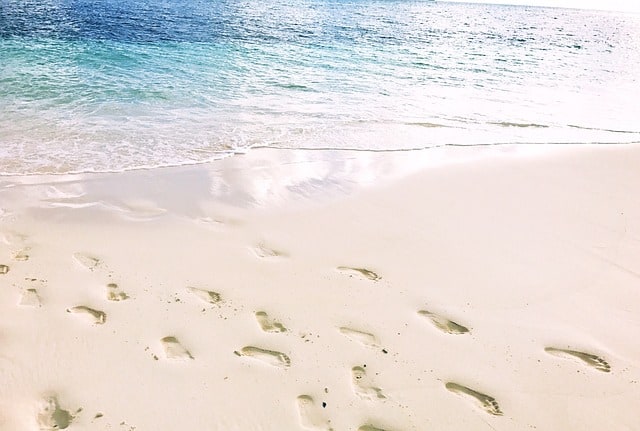
The Philippines is a country with a rich history, and this is reflected in the numerous historical sites that can be found throughout the archipelago. These sites offer a glimpse into the country’s past and are a testament to the Philippines’ cultural and historical heritage. In this article, we will explore some of the most notable historical sites in the Philippines.
Intramuros
Intramuros, which means “within the walls” in Spanish, is a fortified city located in Manila. It was built by the Spanish in the 16th century and served as the center of Spanish colonial power in the Philippines. Today, Intramuros is a popular tourist destination, with visitors coming to explore its narrow streets, colonial-era architecture, and historic landmarks.
One of the most notable landmarks in Intramuros is Fort Santiago, a military fortress that served as a prison during the Spanish colonial period. It was here that Philippine national hero Jose Rizal was imprisoned before his execution in 1896. Visitors can explore the fort’s barracks, prison cells, and ramparts, as well as a museum dedicated to Rizal’s life and legacy.
Other notable attractions in Intramuros include the San Agustin Church, the oldest stone church in the Philippines; the Casa Manila Museum, a restored colonial-era mansion that offers a glimpse into the daily life of the Filipino elite during the Spanish period; and the Manila Cathedral, a stunning example of neo-Romanesque architecture that has been rebuilt several times over the centuries.
Banaue Rice Terraces
The Banaue Rice Terraces are a UNESCO World Heritage Site located in the Cordillera Mountains of northern Luzon. They are often referred to as the “eighth wonder of the world” and are considered one of the most impressive examples of terrace farming in the world.
The rice terraces were built by the Ifugao people over 2,000 years ago and are still in use today, with farmers continuing to cultivate rice using traditional methods. Visitors can hike through the terraces and witness the impressive engineering and agricultural practices that have sustained the Ifugao people for centuries.
Magellan’s Cross
Magellan’s Cross is located in Cebu City and is one of the most important historical landmarks in the Philippines. It marks the spot where Ferdinand Magellan, the Portuguese explorer who led the first European expedition to the Philippines, planted a wooden cross in 1521.
The cross is housed in a small chapel in downtown Cebu City and is considered a symbol of the country’s Catholic heritage. Visitors can view the cross and explore the surrounding area, which includes historic churches, museums, and colonial-era architecture.
Tubbataha Reef
Tubbataha Reef is a UNESCO World Heritage Site located in the Sulu Sea. It is one of the most biodiverse marine ecosystems in the world and is home to over 600 species of fish, 360 species of coral, and several species of sharks, dolphins, and turtles.
The reef is a popular destination for snorkelers and divers, who can explore its crystal-clear waters and witness the vibrant marine life up close. However, the reef is also vulnerable to environmental threats such as climate change, pollution, and overfishing, and efforts are being made to protect and preserve this important ecosystem.
Conclusion
The Philippines is a country with a rich history and cultural heritage, and its historical sites offer a fascinating glimpse into its past. From the colonial-era architecture of Intramuros to the engineering marvels of the Banaue Rice Terraces, these sites are a testament to the resilience and ingenuity of the Filipino people. Whether you are a history buff or simply looking to explore the country’s natural beauty, the Philippines’ historical sites are definitely worth a visit.
Giovanni Carlo P. Bagayas is a seasoned travel guide and passionate explorer from the Philippines. With years of experience uncovering the hidden gems of his homeland, Giovanni has dedicated his career to showcasing the beauty, culture, and adventure that the Philippines has to offer. As the author of Best Philippines Travel Guide, he combines his expertise and love for travel to provide insightful tips, detailed itineraries, and captivating stories for travelers seeking unforgettable experiences in the Philippines. Giovanni’s mission is to inspire wanderlust and help visitors discover the true essence of his vibrant country.


